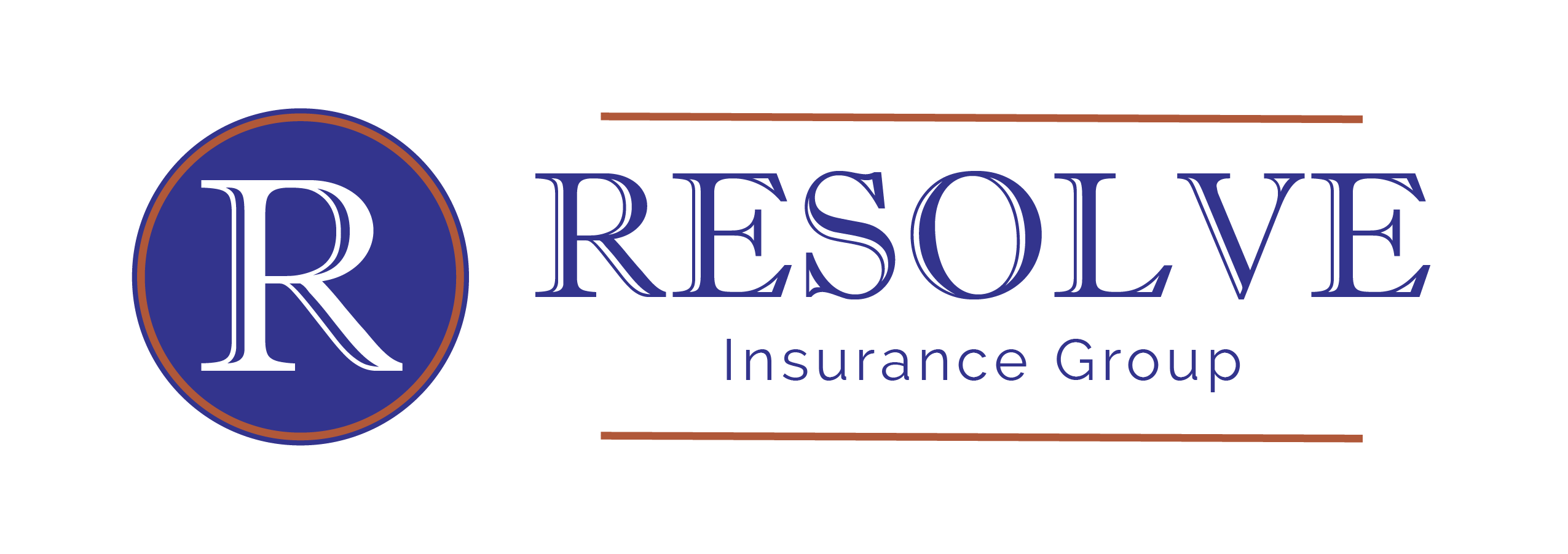Home Insurance

Different homes need different kinds of home insurance.
Many people think of single-family homeowner’s insurance as just one type of policy, but there are actually five.
HO-2 is bare-bones coverage. It covers the building itself, but little of what’s inside it, so it comes with lower premiums.
HO-3 covers not only your home, but also your belongings against damage and loss. It’s the most common type of home insurance.
HO-4 provides coverage for a home your rent to others you own but do not live in
HO-5 provides the most comprehensive coverage, usually at the highest premium cost.
HO-6 provides coverage for condos
HO-7 covers mobile or manufactured homes.
And HO-8 is for older or higher-risk homes that may be more vulnerable to damage.
All of these policies come with six types of coverage against loss:
- Coverage A covers structural damage to your and any structures, such as a garage or patio, attached to it.
- Coverage B covers structures that aren’t attached to your house, like a guest house or a fence.
- Coverage C pays to repair or replace damaged or stolen personal belongings.
- If you have to move out while your home’s being repaired or rebuilt, Coverage D pays for relocation expenses, restaurant meals, and temporary lodging until you can move back in.
- If someone’s injured or has property damaged on your property, Coverage E covers you and your assets from expensive lawsuits.
- And Coverage F pays for guests’ medical expenses, no matter who’s at fault.
Homeowners insurance can also help pay to repair or replace your property damaged by 16 covered perils. These include fire, lightning, wind, hail, theft, and vandalism, but not flooding or earthquakes, which you’d need to buy added coverage for.
If you have a home-based business or work there as a freelancer, most homeowners policies cover business property up to $2,500. So, if you own expensive business equipment, you may want to consider either a business property endorsement for your home insurance or a separate business owner’s policy.
If the business you run at home involves children’s daycare, you might need at-home daycare insurance with liability protection in case a child is injured in your care.
Seven factors affect how much your homeowner’s policy will cost:
- Your location, and how vulnerable it is to natural disasters and crime.
- Your home’s construction. Antique features and more damage-prone materials increase premiums.
- Your home’s age. Older homes usually cost more to repair, so they cost more to insure.
- Your deductible. The higher the deductible, the lower the premium.
- Your credit score. The higher it is, the lower your rates.
- Your claims history; more past claims, more premium cost.
- Risks on your property. Insurance companies see pools, trampolines, and certain dog breeds as risks that attract children and lead to injury (which in turn leads to lawsuits).
An eighth is your level of reimbursement, including
- The depreciated value of your home or property
- Full replacement value, without depreciation
- Extended replacement beyond your policy limits
- Guaranteed replacement, which pays out whatever it costs to rebuild
Obviously, the higher the replacement level, the higher the premium.
If all the foregoing sounds hopelessly complicated, don’t worry. We’ll sit down with you, analyze all the cost and coverage factors, and get you coverage with the best cost-to-benefit ratio for protecting both your home and your yearly budget.
That’s the benefit of working with a different kind of insurance team.




